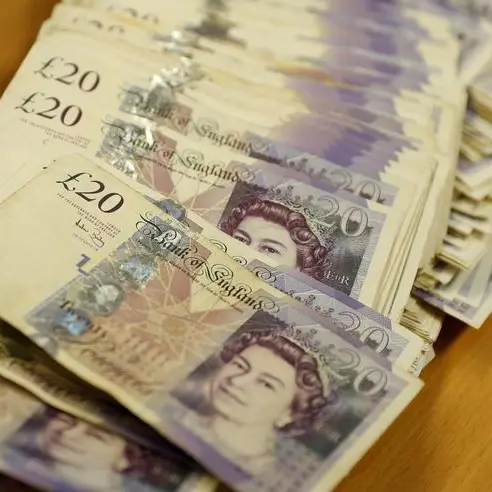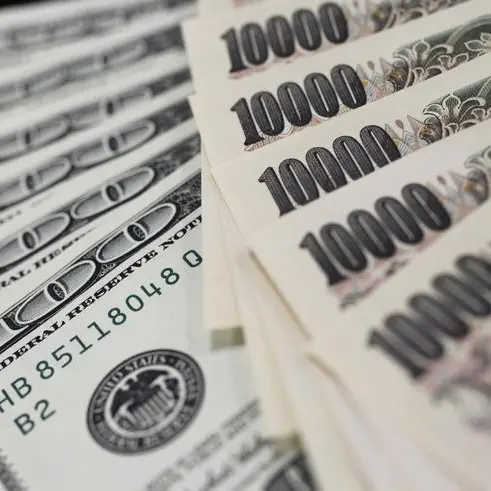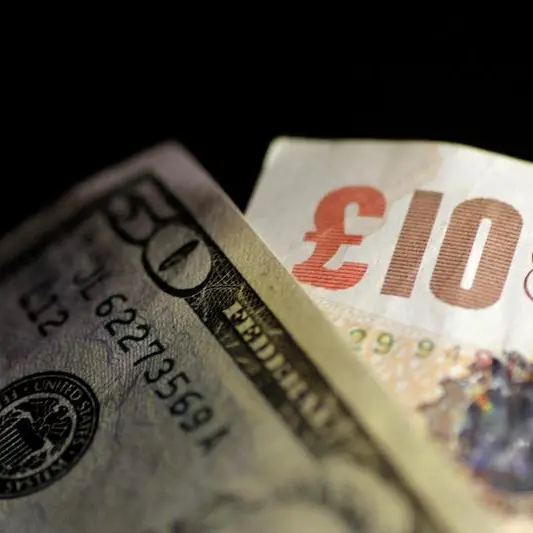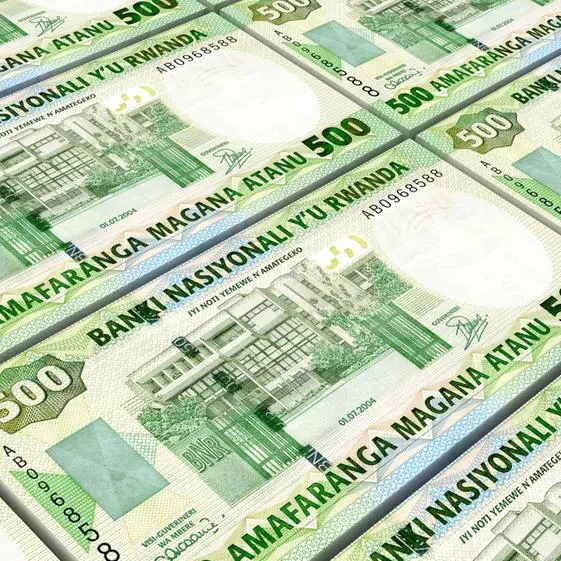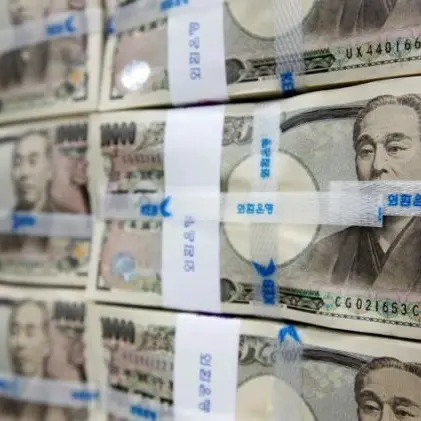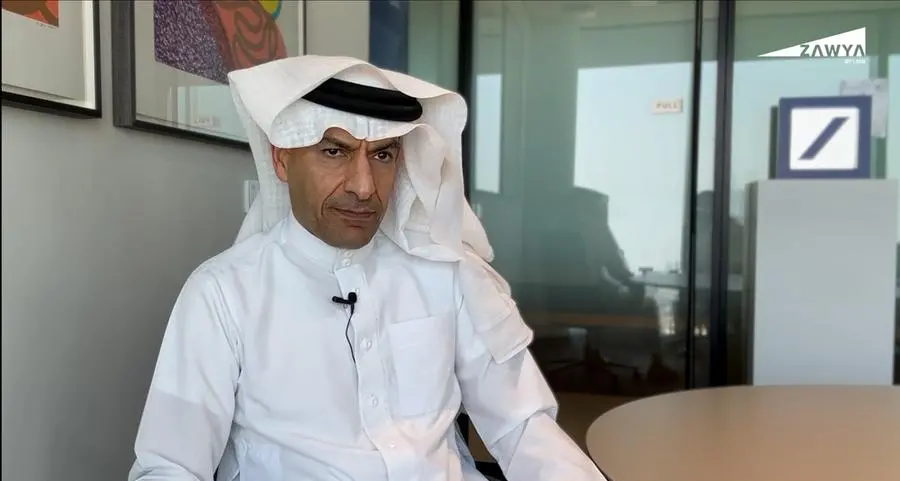PHOTO
The yen dropped to its lowest level since 1986 against the dollar on Wednesday, keeping currency markets alert for any signs of intervention from Japanese authorities to boost the beleaguered currency.
The U.S. dollar was trading at 160.39 yen, a level last seen in December 1986, as the yawning interest rate gap between the two countries continued to hammer Japan's currency.
Analysts said traders were testing the resolve of Japan's Ministry of Finance and central bank, who spent $62 billion in late April and early May to support the currency when it fell past 160.
"Unless the underlying dynamics change with the yield differential, it keeps getting punished," said Joe Tuckey, head of FX analysis at broker Argentex.
So-called carry trade strategies, where investors borrow in a low-yielding currencies to invest in higher-yielding ones, have become hugely popular as some countries have raised borrowing costs in recent years.
Although Japan has raised interest rates this year to a range of zero to 0.1%, U.S. rates of 5.25% to 5.5% mean investors are flocking to the higher returns on dollar assets, driving up the currency versus the yen.
Top currency diplomat Masato Kanda said on Monday that Japan was always ready to take action against excessive market moves, but traders ignored the warning after the last bout of intervention did little to stem the selling.
"Perhaps a new months ago that would have been heeded more by the market than it is now, because it's not being backed up by any change in rates," Tuckey said.
There is a chance of a further rate hike from the Bank of Japan in late July, which could help support the yen. But any durable rally is likely to require Federal Reserve interest rate cuts.
The dollar index, which tracks the currency against six peers, rose 0.3% to 105.99, its highest since May 1.
Friday's U.S. personal consumption expenditure (PCE) inflation report will be key for currency markets. A lower-than-expected number could cause traders to raise their bets on Fed rate cuts this year, providing some relief to the yen.
The euro slipped 0.3% to $1.0683 after a European Central Bank policymaker talked up the chances of further rate cuts this year, a notably different stance from the Fed's Michelle Bowman.
ECB governing council member Olli Rehn told Bloomberg that two more cuts this year seemed "reasonable". That contrasted with Fed Governor Bowman, who said she did not expect any U.S. rate cuts this year.
Australian inflation accelerated to a six-month high of 4% in May, which had traders scrambling to price in a strong chance of a further rate hike by November and sent the Aussie dollar up 0.5%, before it cooled to stand 0.1% higher at $0.6656.
Sterling dipped 0.3% to $1.2647 as the dollar strengthened.
The yuan was also getting squeezed by the dollar's stubborn strength, with China seemingly having signalled some tolerance for a cheaper currency by gradually weakening the midpoint of the yuan's daily trading range on the dollar.
The yuan, which has hugged the low side of its band for months, slumped to a seven-month trough on Wednesday of 7.2671 per dollar.
(Reporting by Harry Robertson in London; Editing by Stephen Coates, Edwina Gibbs, Anil D'Silva and Emelia Sithole-Matarise)


